India: Can Ecosocialism Protect Indigenous People from Capitalist Exploitation?
By Sutapa Chattopadhyay
In developing nations, from the mid-20th century onwards, the state and global planners have sanctioned development through subjugation of the local poor. This is done by controlling and commodifying their space, and by centralizing and privatizing commonly held resources by forcibly disassociating the poor from their material bases and livelihoods in the name of scientific conservation. If the relationship of capital to empire is examined in a historical context, one can effortlessly argue that, for capitalism to continue, there not only has to be an increase in capital, but also an expansion of the global proletariat and ‘free labor’: a group of people without a subsistence base and with limited or no alternative to working for wages. Consequently, the question that must be addressed is this. How exactly does subjugation or accumulation proceed, or what connects the two?
In colonial times, the British first labeled India’s tribes (Adivasis) as “primitive” and “backward”, next declared their subsistence practices to be “unsustainable” and “unscientific” and then proceeded to grab their lands by expropriating their rights to land and other resources in the name of “scientific forestry”, “conservation”, and “protection”. The exploitation and exclusion of poor and minority populations was also assisted by a production of specific knowledge about the poor as having become impoverished by their unsustainable and unscientific livelihood practices and the notion that economic development would improve their lot.
Michael Foucault has noted that power complements knowledge, and vice versa. In other words, knowledge is a tool or weapon for those in power; knowledge completes power, and knowledge propels into power the means whereby power exploits and dominates. Not only this, but also, power opens new relations and creates new objects of understanding and rational inquiry. All of this can be adequately established with colonial scientific forestry as an example. Strangely enough, by and large, this production of knowledge about the poor and their livelihood practices, and the exploitation of the poor in the name of the greater good, have not changed from the pre-colonial and colonial to post-colonial times.
In the post-colonial development of India, modern forms of state surveillance and control have been enacted to discipline the native populations to construct development projects such as business complexes; or execute newly re-produced homogenized city spaces, urban greening and beautification projects, gentrification, etc. — all of which conveniently displaces the poor to make more room for a smattering of the rich. Given that these newly created spaces are commodified and segregated sites that isolate and exclude the poor, then, what development produces is unevenness and an unequal distribution of resources, benefits, and wealth, because those who sacrifice for development and those who benefit from it are often incomparable entities.
Consider examples of development such as:
- Construction of the Sardar Sarovar project on the Narmada River in western India;
- Construction of the racing ground and audience pavilion for Formula One Grand Prix in the capital, New Delhi;
- The illegal tapping of the bauxite reserve in the Nimagiri Dongri Adivasi hills of Orissa;
- Construction of the Vedic village in Kolkata;
- The forced and ruthless eviction of villagers by communist cadres for creation of a Special Economic Zone in West Bengal.
All are development projects that were mercilessly sanctioned and executed for economic growth. These and many more projects have forcefully dislocated the poor, spatially entrapped them as squatters in rehabilitated enclaves, and disassociated them from their material bases, thus reducing them to a “begging class”. Today the poor are trapped in enclaves; their resources are amassed in state-centralized or privatized enclosures, and they are prevented from escaping this multi-scalar exploitation for wealth generation. Luxemburg’s conceptualization of primitive accumulation explains what occurred in colonial India, and a permanent mode of imperial “accumulation by dispossession” describes contemporary India.
Earlier this year, for example, The Guardian (UK) published an article on human safaris in the Andaman Islands of India, with a link to a troubling video that showed semi-naked Jarawa Adivasis who had been contrived to perform like “tamed” “show” animals in front of tourists for money and food. The voice in the video is believed to have been that of a policeman, and some tourists apparently also summoned these women to dance. Reporter Gethin Chamberlain described this act as a human-rights abuse. Home Minister Chidambaram ordered the arrest of those who had videotaped the dance of the tribal women. Was India embarrassed about this action because it caught the popular media’s attention or was it concerned about the humiliation of Jarawa women by heartless city bourgeois populations? I have no answers to these questions but I strongly affirm that although the state-held tourist spots, forest reserves, protected areas are showcased as non-commodified landscapes, and the revenues produced there are ostensibly for the public good, this camouflages the reality that state-development projects are sites for the accumulation of wealth.
Putting into perspective the large chunk of development projects under construction and the exploitation of minority gendered population, how has a highway for the tourism industry benefited the Jarawas? How has it affected them, apart from controlling them and converting them into docile servants, commodifying their spaces, and rendering them more vulnerable to the urban elites who doubtless amused themselves from the performance and the scenic beauty of the Andaman Islands? For the sake of capital, the whole act ruthlessly stripped the Adivasis of their pride, identity, esteem and even their dignity as equal human beings in a multi-class, -caste, -ethnic society. For sure, the tourist who videotaped the Jarawa women should be penalized, but if this video had not been publicized, then who knows how long the post-colonial Indian development state would have remained torpid about such acts that disgrace, debase and abuse minority gendered populations for capital generation on an everyday basis?
Capitalism has commodified land and resources that were previously outside of its realm. In a similar vein, one may argue that the Jarawa incident relates to exploitation by exclusion; production and (re)production of living spaces into commodified spaces, and ecological destruction through the construction of large infrastructural projects. All this can be linked to the wider neoliberal project to facilitate large-scale capital generation where the key players are the state, hegemonic-techno-scientific-elite groups, native business consortia, multinational corporations; supra-state organizations, and the like. This kind of exploitation challenges the basic planks of modern-western-elitist-economic development that wobble on the ideology that some should sacrifice for the greater good; most pertinently, this calls into question who should make the sacrifices. Global evaluations of development based on overall costs and benefits seldom erase the fact that those who benefit from development are rarely those who bear the losses; this emphasizes that development is, time and again, uneven and unequal; it decisively favors the rich and leads to a truncated accumulation of capital.
There is a modernist political-economic model that vehemently promotes the notion that development is beneficial to all. This discourse can be extended from economic to social and environmental exploitation. The questions that continue to linger are:
- What benefits has development promised, and at what costs?
- How does development impact a population and environment in the long run, and what problems does it generate for them?
- Compared to large-scale development, are there better alternatives that are feasible for the state and more sustainable for the people and environment?
Editor’s Note: Sutapa Chattopadhyay is an academic researcher whose work focuses broadly on social exclusion and in particular on indigenous populations, development-induced migration, development politics and policies, irregular immigrants, and academic corporatization. All photographs by Excluded Voices.
Related Articles

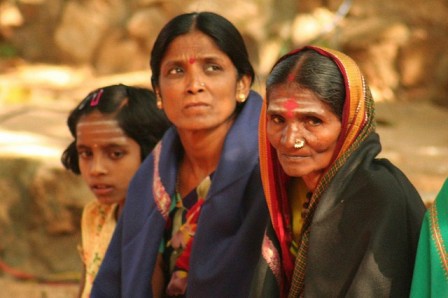
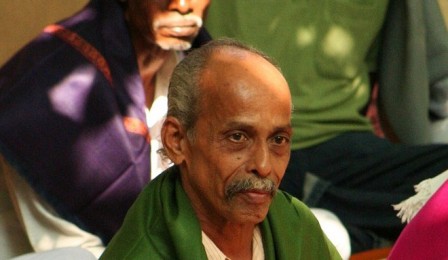
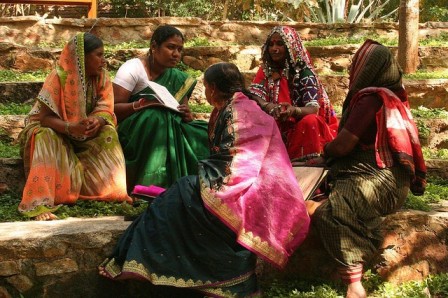
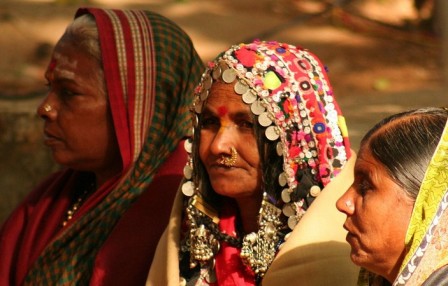
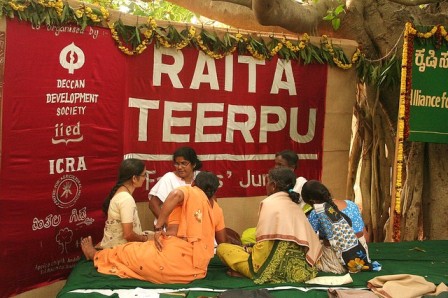
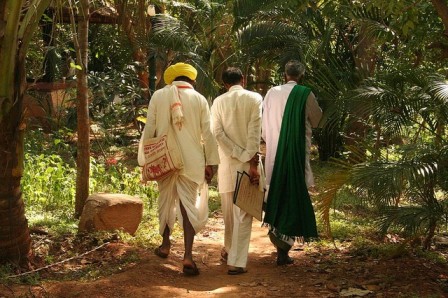











You must be logged in to post a comment Login